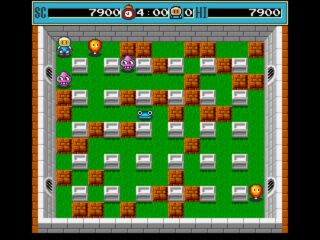The top-down view is one of the most enduring and recognizable perspectives in the history of computer and console games. Particularly prominent in the early days of gaming, this visual style offers a clear, god-like vantage point from above, giving players a full view of the action or environment. Its simplicity and practicality made it a popular choice for developers working with limited hardware, and it became a defining feature across a wide variety of genres.
In real-time strategy and simulation titles, the top-down or bird’s-eye view is not just aesthetic—it’s essential. Games like Sid Meier's Civilization and SimCity use tile-based maps to give players control over sprawling cities and empires, while games like Cannon Fodder adopt a more action-oriented approach, mixing arcade gameplay with military tactics. The bird’s-eye perspective is also ideal for sports titles, as demonstrated by the frenetic and humorous gameplay of Sensible Soccer, which became a cult favorite thanks to its intuitive controls and clear field overview.
In other genres, the top-down view adapts to different needs. Isometric RPGs such as Ultima VII blend storytelling and exploration with a pseudo-3D perspective, offering a richer sense of depth while retaining the advantages of overhead viewing. Meanwhile, vertical scrolling shooters like Blazing Lazers provide fast-paced, reflex-driven gameplay that’s perfectly suited to a screen that moves from bottom to top. Racing games like Micro Machines deliver chaotic multiplayer fun using compact, top-down circuits, and multi-directional shooters such as Alien Breed use the perspective to create atmospheric, maze-like environments filled with tension.
Despite the evolution of 3D graphics, the top-down view remains relevant and beloved—its clarity, strategic advantages, and nostalgic charm continuing to influence game design today.














